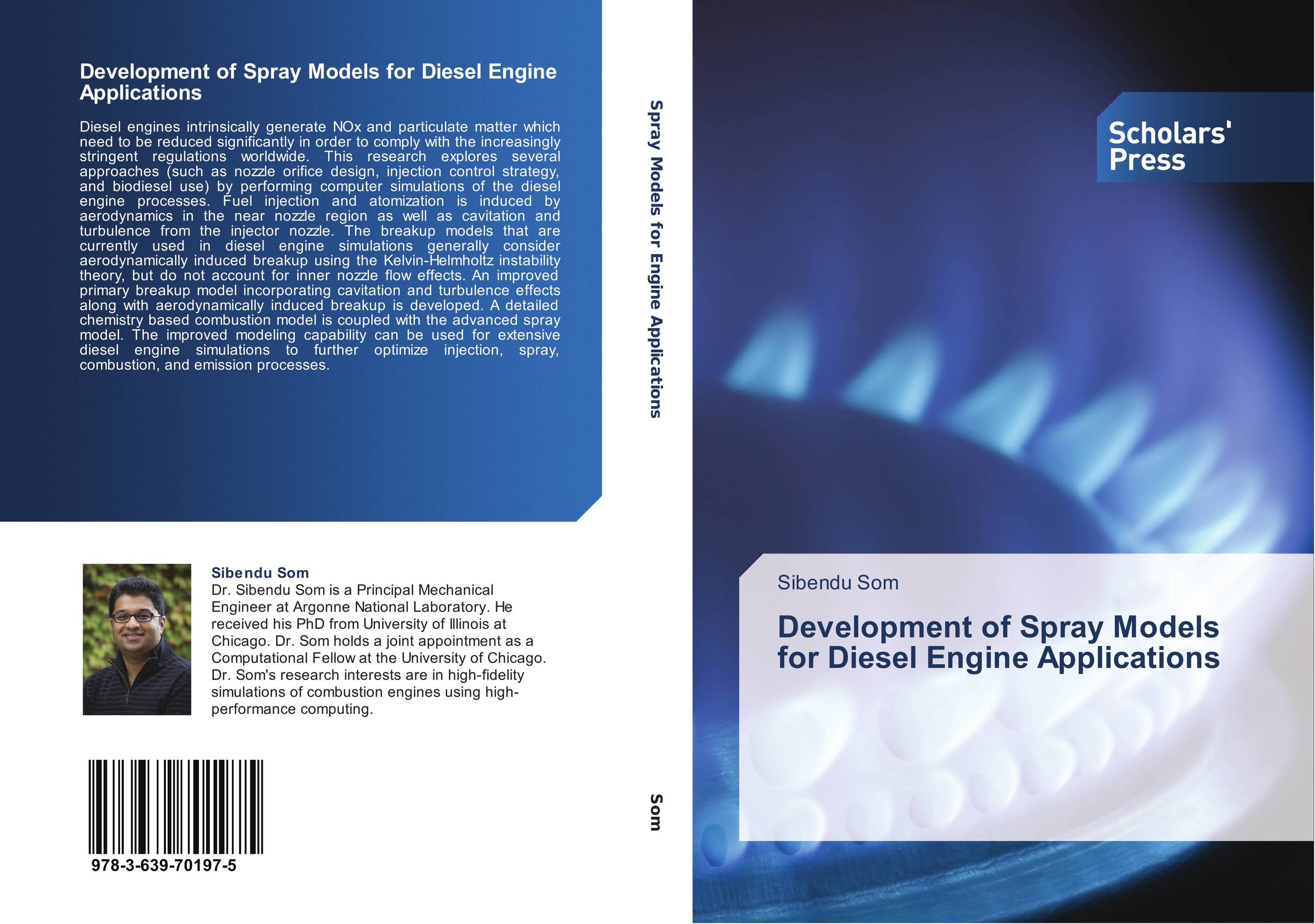| Поиск по каталогу |
|
(строгое соответствие)
|
- Профессиональная
- Научно-популярная
- Художественная
- Публицистика
- Детская
- Искусство
- Хобби, семья, дом
- Спорт
- Путеводители
- Блокноты, тетради, открытки
Development of Spray Models for Diesel Engine Applications.

В наличии
| Местонахождение: Алматы | Состояние экземпляра: новый |

Бумажная
версия
версия
Автор: Sibendu Som
ISBN: 9783639701975
Год издания: 2013
Формат книги: 60×90/16 (145×215 мм)
Количество страниц: 292
Издательство: Scholars' Press
Цена: 58069 тг
Положить в корзину
| Способы доставки в город Алматы * комплектация (срок до отгрузки) не более 2 рабочих дней |
| Самовывоз из города Алматы (пункты самовывоза партнёра CDEK) |
| Курьерская доставка CDEK из города Москва |
| Доставка Почтой России из города Москва |
Аннотация: Diesel engines intrinsically generate NOx and particulate matter which need to be reduced significantly in order to comply with the increasingly stringent regulations worldwide. This research explores several approaches (such as nozzle orifice design, injection control strategy, and biodiesel use) by performing computer simulations of the diesel engine processes. Fuel injection and atomization is induced by aerodynamics in the near nozzle region as well as cavitation and turbulence from the injector nozzle. The breakup models that are currently used in diesel engine simulations generally consider aerodynamically induced breakup using the Kelvin-Helmholtz instability theory, but do not account for inner nozzle flow effects. An improved primary breakup model incorporating cavitation and turbulence effects along with aerodynamically induced breakup is developed. A detailed chemistry based combustion model is coupled with the advanced spray model. The improved modeling capability can be used for extensive diesel engine simulations to further optimize injection, spray, combustion, and emission processes.
Ключевые слова: Diesel engine, Turbulence modeling, spray modeling, combustion chemistry, Internal Combustion Engines, primary breakup, Soot emissions, NOx emissions



